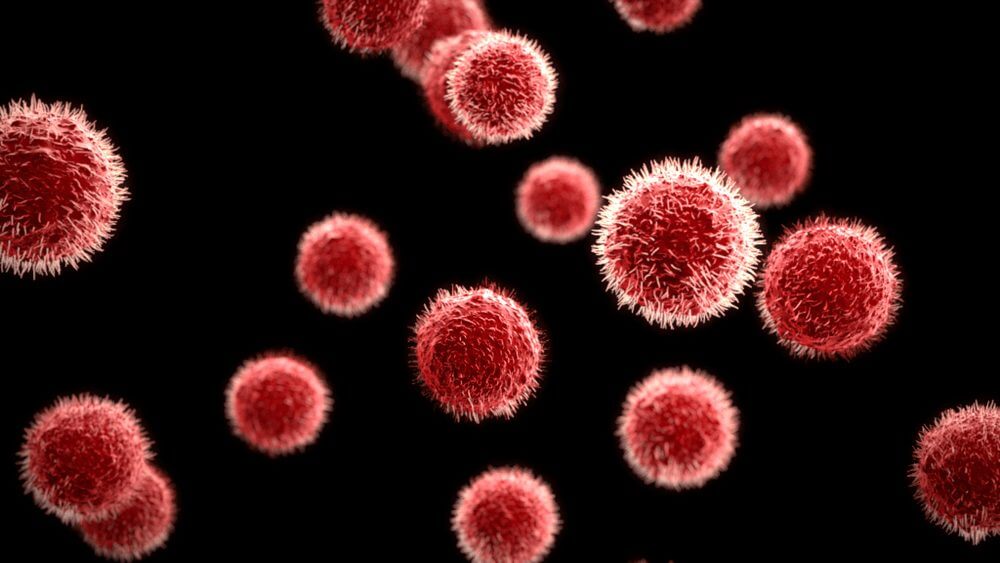
Viruses are microscopic organisms that are present everywhere on earth. They can infect humans, animals, plants, fungi, and even bacteria. Sometimes a virus can cause deadly diseases resulting in the organism’s death.
Other viral infections do not trigger any noticeable reactions. This is because it has different effects on different organisms.
Viruses differ in complexity. They comprise genetic material, RNA or DNA, surrounded by a coat of protein, lipid (fat), or glycoprotein. They cannot replicate without a host hence can be classified as parasitic.
They are considered to be the most abundant biological entity on the planet. They exist in a form known as virions before entering a cell.
Viruses exist in different shapes and sizes and are categorized based on their shapes. Some of the familiar shapes are helical, envelope, and icosahedral or near-spherical viruses.
Sources of Virus:
Viruses are difficult to trace through time as they do not leave fossil remains. So instead, molecular techniques are followed to compare the DNA and RNA of viruses and learn more about where they come from. Read the oncology journal for information on tumours.
Three competing theories try to explain the origin of viruses.
- Virus-First Hypothesis: It had evolved from complex molecules of nucleic acid and proteins before or simultaneously as the first cells appeared on the planet billions of years ago.
- Regressive, or Reduction Hypothesis: The first existed as independent organisms that later became parasites. With time, they shed genes that did not allow them to parasitize, and they became entirely dependent on the cells they inhabited.
- Progressive, or Escape Hypothesis: Viruses have evolved from sections of DNA or RNA that broke free from the genes of larger organisms. They became capable of being independent and moving between cells in this way.
Diseases caused by Viruses:
- Hepatitis
- Smallpox
- Common cold and different types of flu
- Measles, mumps, rubella, chickenpox, and shingles
- Polio
- herpes and cold sores
- Severe acute respiratory syndrome (SARS)
- rabies
- Ebola and Hanta fever
- HIV, the virus that causes AIDS
- Dengue fever, Zika, and Epstein-Barr
- Like the human papillomavirus (HPV), some viruses may lead to cancer.
How Are Viruses Transmitted?
A virus exists only to reproduce, and when it produces, its offspring spreads to new cells and hosts. The ability of a virus to apply depends on what it is made of. It transmits from person to person and from mother to fetus during pregnancy or delivery.
They can also spread through:
- Touch
- Exchanges of saliva
- Sexual contact
- Coughing or sneezing
- Insects that carry viruses from one person to another
- Contaminated food or water
Some viruses tend to live on an object for some time, so if someone touches something with the virus on their hands, the next person who feels the same thing can pick that virus up.
This object is known as a fomite. The virus starts to affect the host as it replicates in the body. After a period generally known as the incubation period, symptoms might begin to show.
Also Read: Alex Cooper Boyfriend: All About Her Dating Life
Types of Viruses
Various types of viruses have different effects on humans and other organisms and cause diseases or illnesses.
- Some of the common types of viruse are:
- Cold virus
- Flu viruse
- Hepatitis virus
- Stomach and intestinal virus
- Other Human viruse. You can read more in the virology journal.








